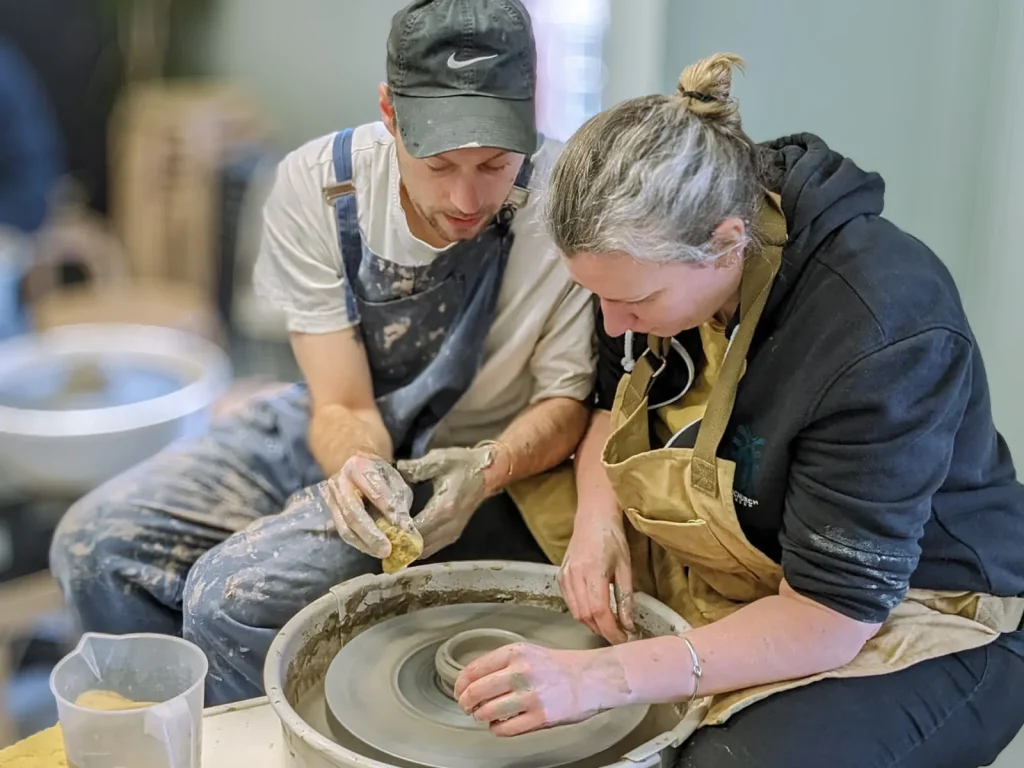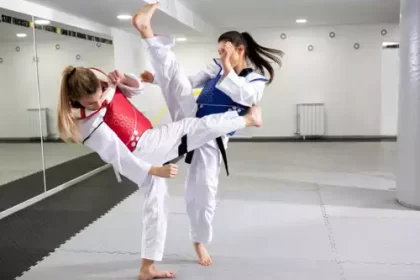Whether your level of skill is new or well-prepared, starting a ceramic pottery project may be an exciting and fulfilling experience. Still, the finest results depend on selecting the appropriate materials. This guide helps you to choose the most perfect solutions for your next project and arranges the basic pottery supplied components you truly need.
Selecting the Correct Clay
Any pottery effort starts with the clay. There are several types of clay that fit different fire methods and processes. The most well-known varieties are:
- Renowned for its elasticity, this clay is best for beginners. Perfect for hand-building projects, it fires at lower temperatures.
- More robust than earthenware, stoneware is ideal for utilitarian items including mugs and dishes. It is appropriate for hand building and wheel throwing since it can resist greater firing temperatures.
- Although porcelain is harder to work with, its style and clarity make it rather interesting for exquisite ceramics and multifarious designs.
- Choose clay depending on your project goals and degree of experience since every type has unique qualities.
-
Useful instruments for pottery
Your pottery-making process will benefit greatly from having the correct tools. Here are some basic instruments you should think about:
- Investing in a decent-quality potter’s wheel is crucial even if wheel tossing excites you.
- For hand-building techniques, moving pins and chunks helps you to create consistent thickness in your clay.
- Many chiseling tools will help you with molding, cutting, and polishing your objects.
- These instruments help you to smooth surfaces and provide your pottery surface.

-
Finishes and glues
The esthetic appeal of your ceramics depends on the glazes you choose. There are several types of glazes available, such as:
- Perfect for practical products, reflexive glazes offer a glittering finale.
- Perfect for artistic works, matte glazes present a delicate, non-intelligent surface.
- While hazy glazes allow great variation inclusion, straightforward and oblique glazes let the clay body or underglaze ornamentation show on the other side.
- Before using your glazes on your final work, always try them on example pieces of clay to see how they interact with the clay.
-
Firing choices
Think over your firing choices at last. Your choice of oven will depend on the type of clay and covering you are using. Typical firing plans consist in:
- For home studios, electric ovens are sensible for most kinds of clay.
- Usually used for stoneware and porcelain, gas ovens have amazing firing impacts.
- Raku firing is a traditional Japanese tactic that produces special finishes but calls for particular gear.
Guaranteeing a good and pleasing producing experience depends on selecting appropriate ceramic pottery supplied. Choosing the right clay, tools, glazes, and fire techniques can help you create amazing and practical works reflecting your artistic vision. Investing in quality materials will help your pottery process and produce noticeable results, regardless of your intended use—from entertainment just to further development of your skills.





